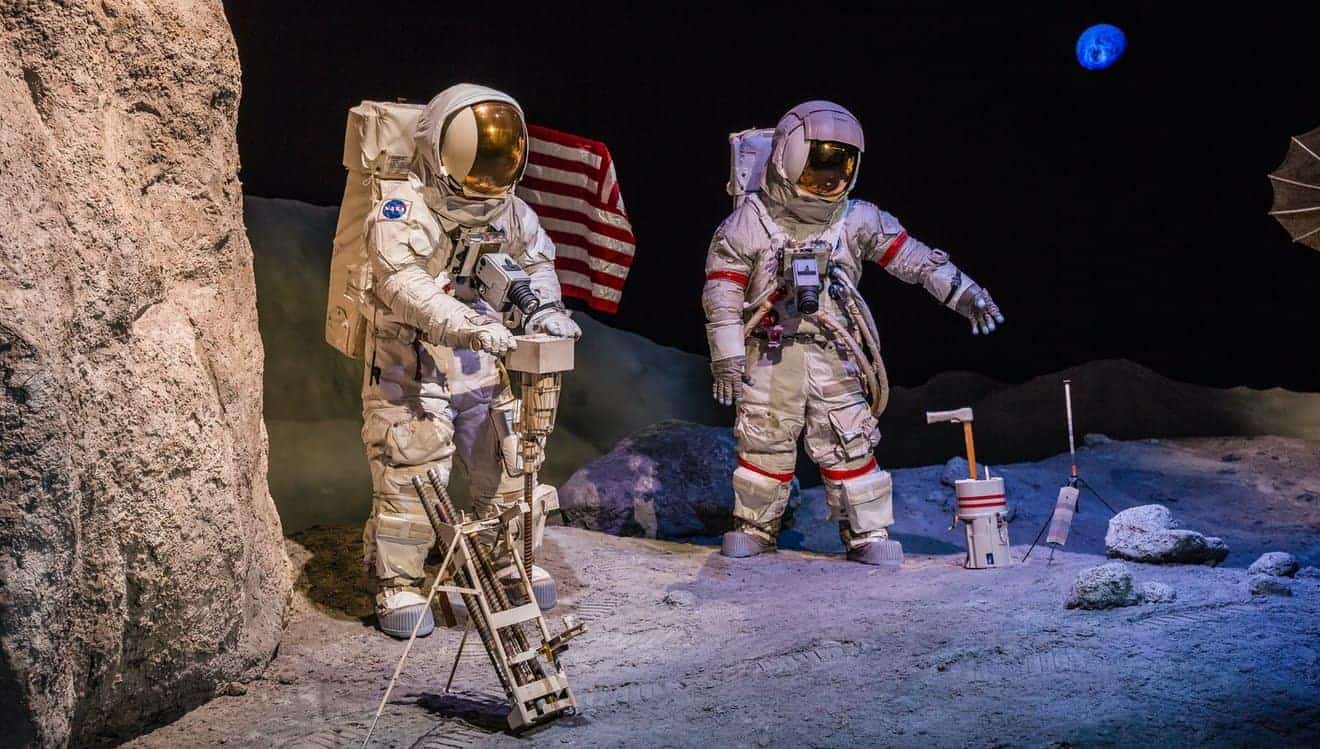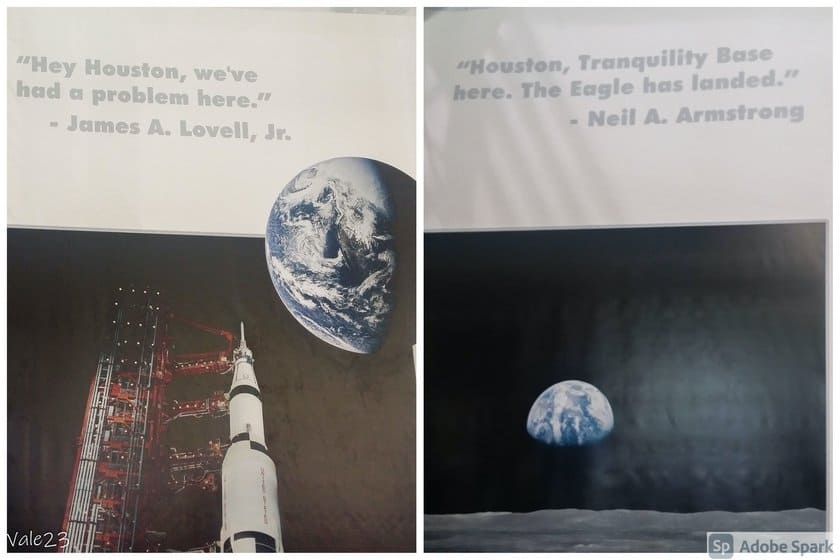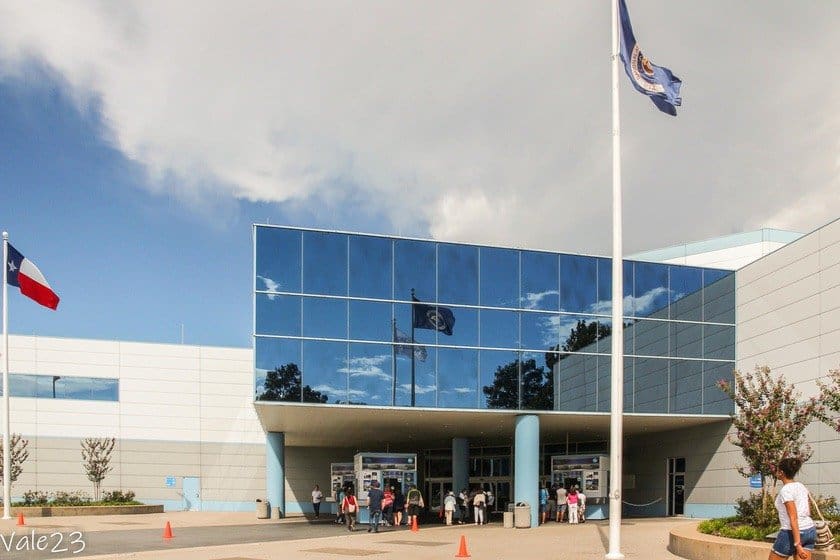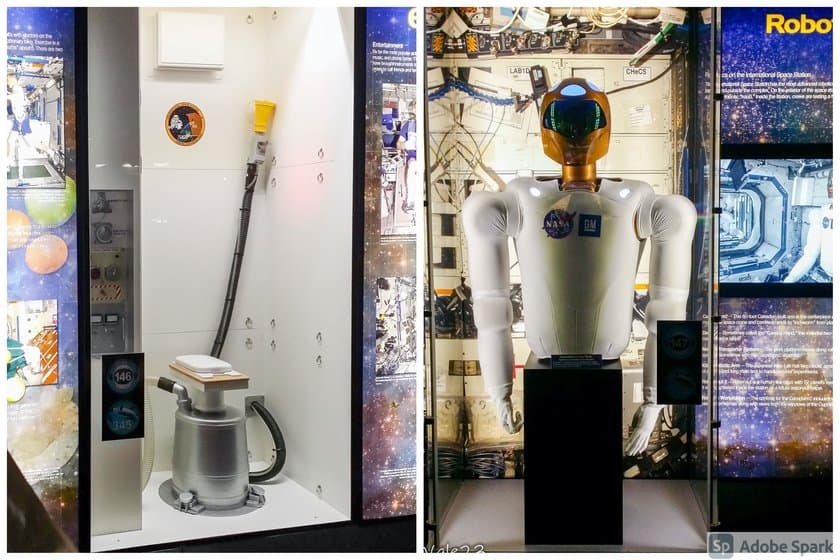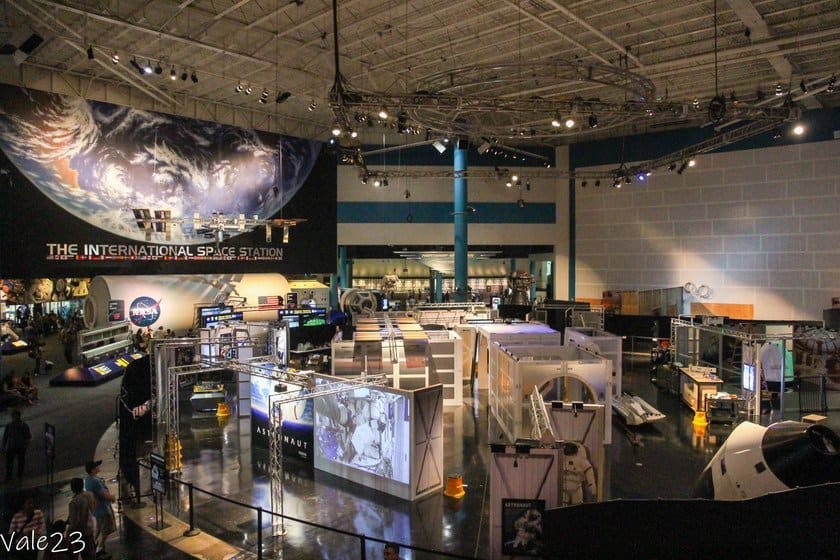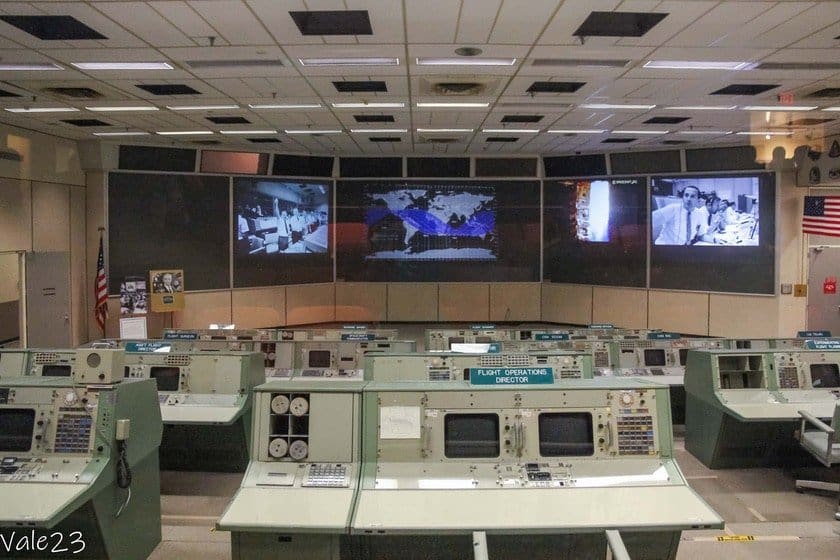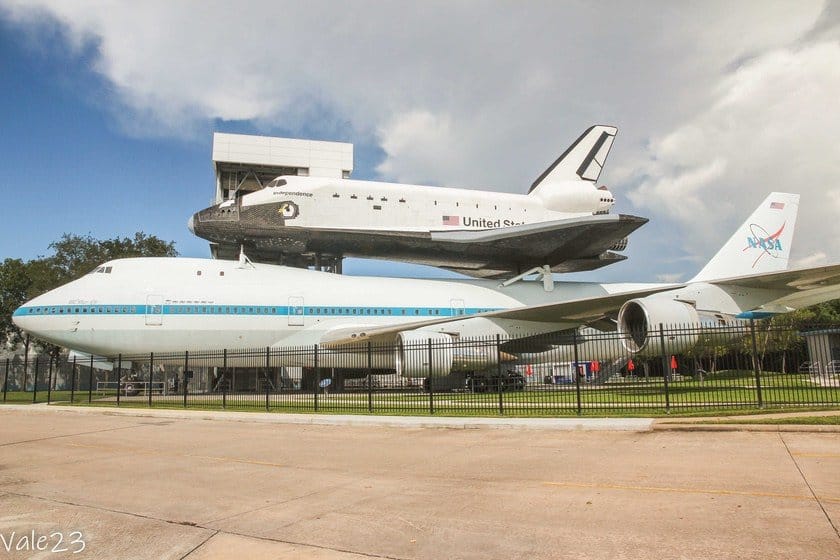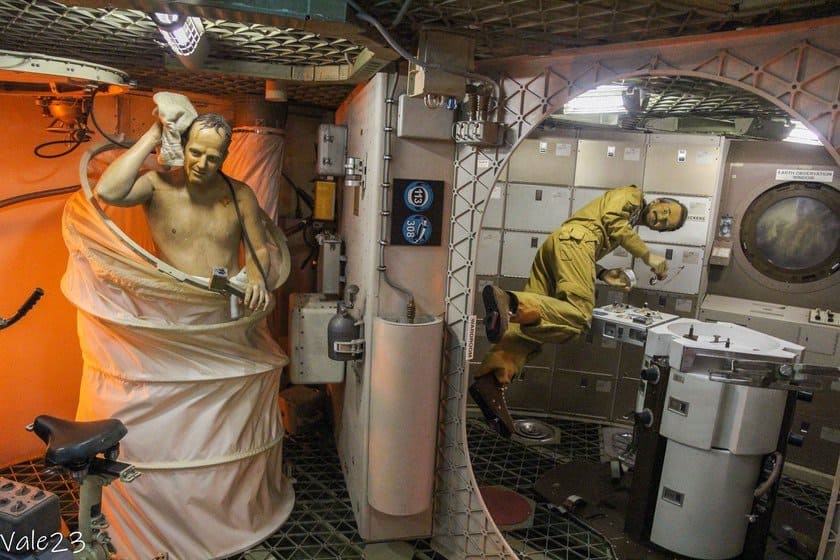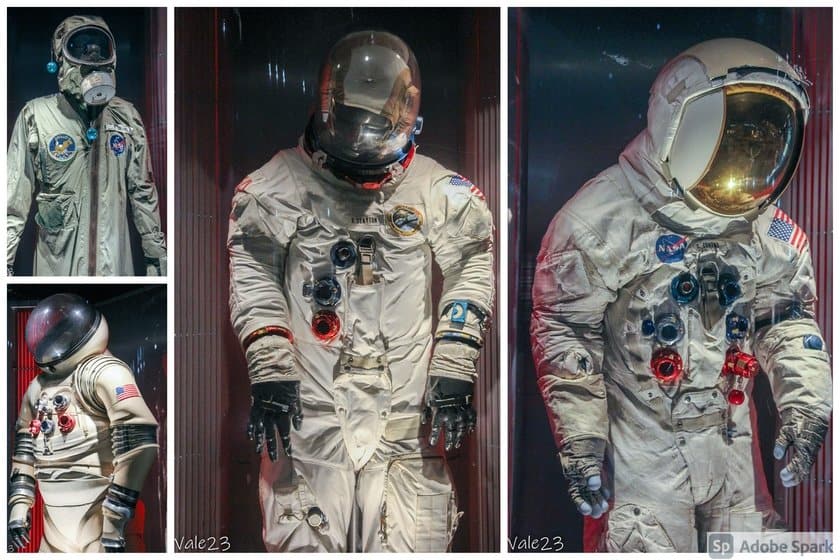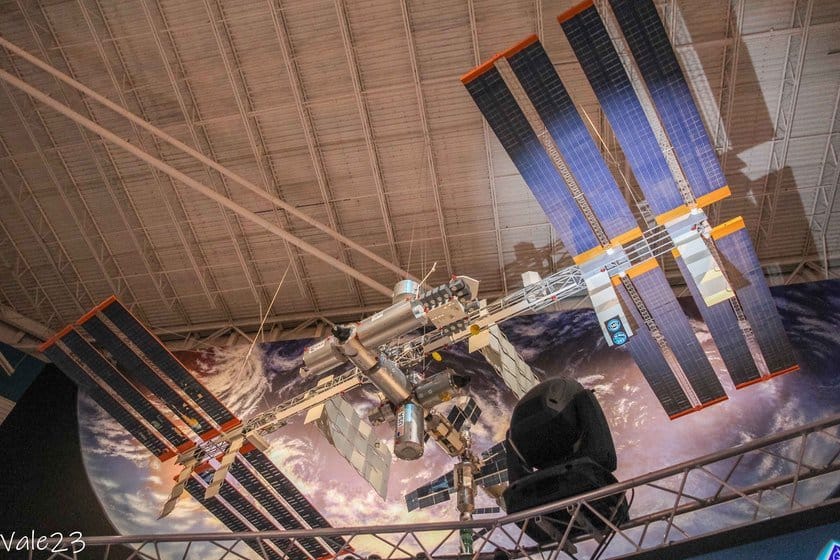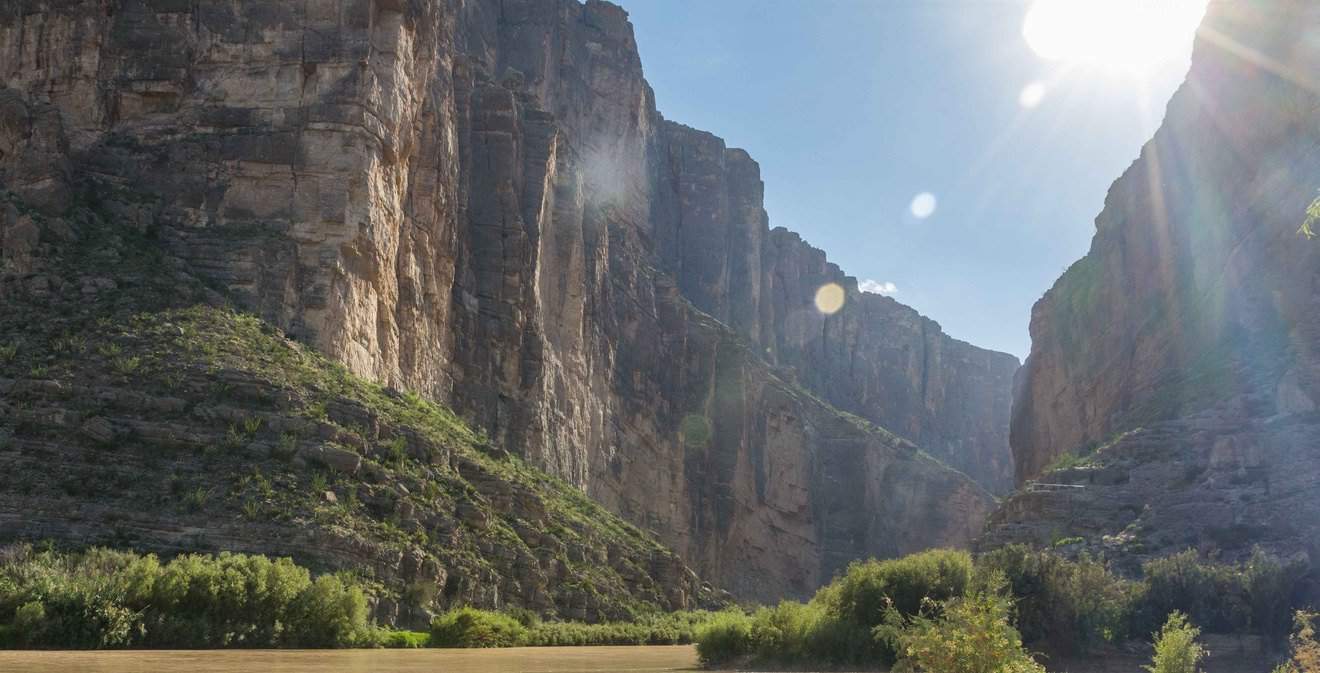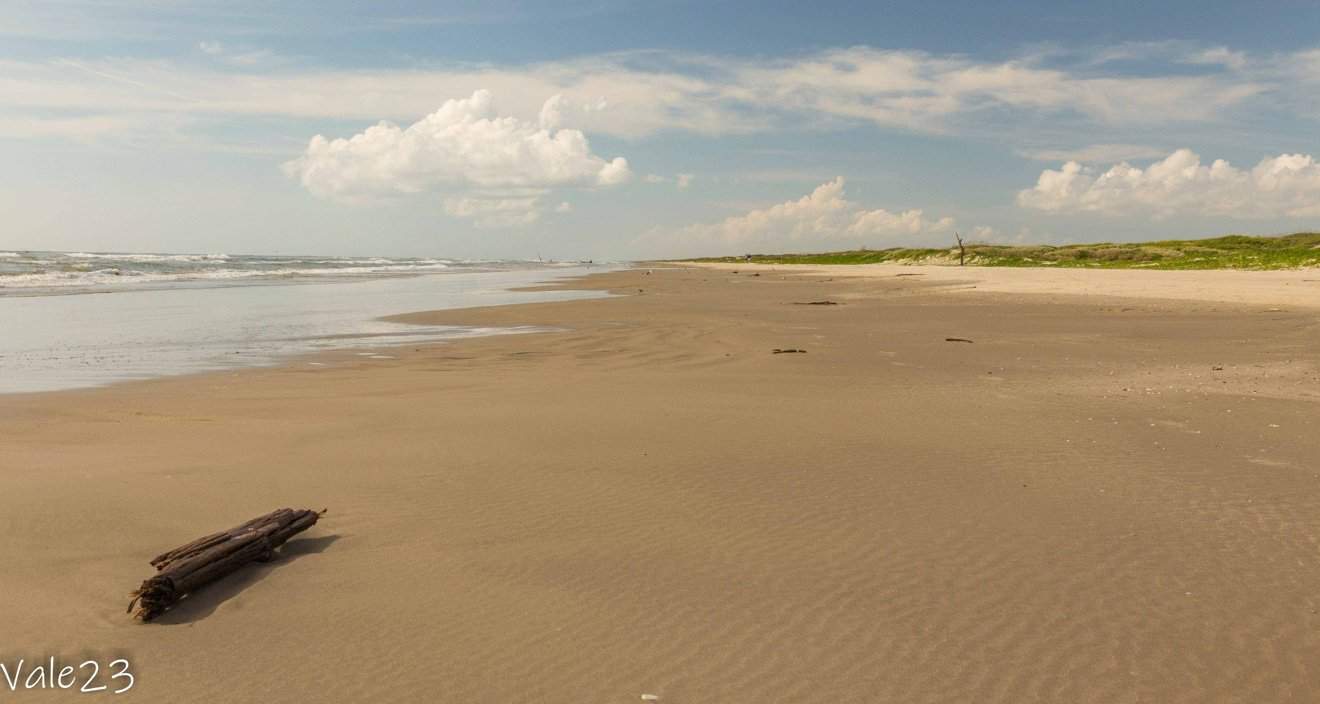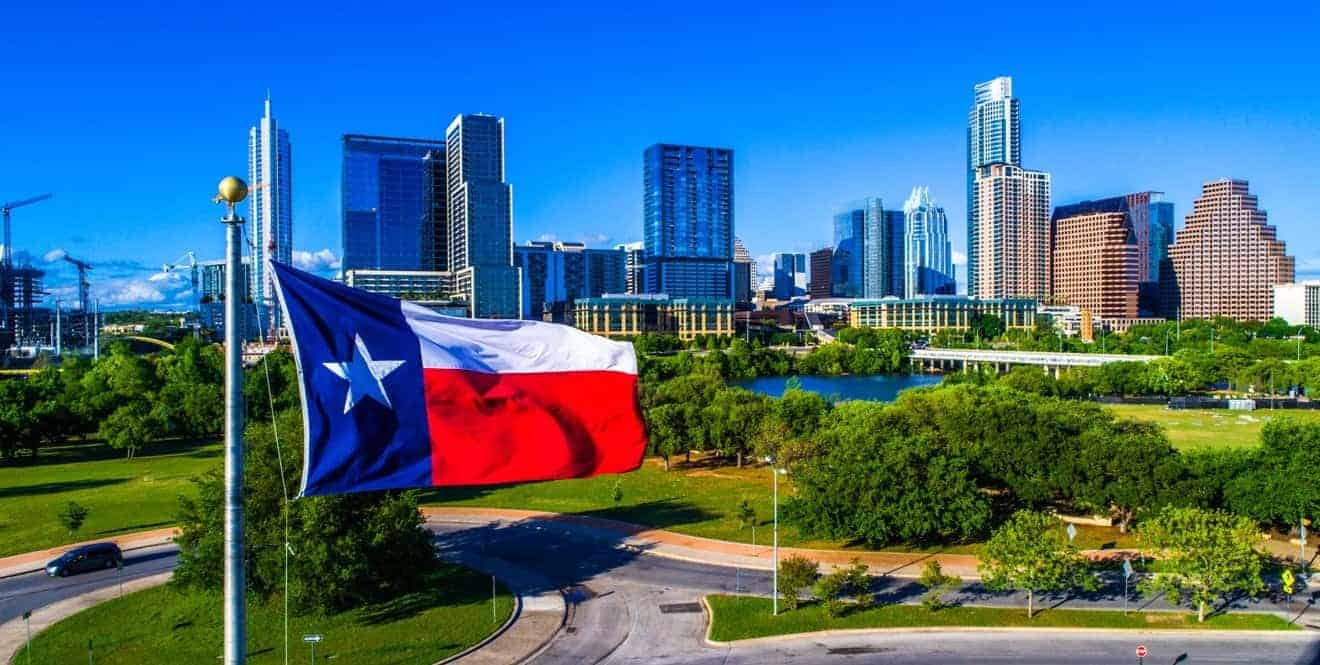You know the most iconic phrases spoken by astronauts? They all always start with the word “Houston.” That’s because even though space missions launch from Cape Canaveral, it’s the Houston headquarters that runs the show. It’s where new technologies are developed and astronauts train for their next stellar journey.
Perfect for history and science buffs, the Johnson Space Center offers the opportunity to tour the space base and museum, which contains plenty of artifacts, vehicles, and clothing. Here you can see the command center that handled missions to the moon, touch some of the fragments, marvel at the advances in science, and find out what the future holds.
A perfect attraction for the whole family, where you can spend a day feeling like a space explorer!
Contents
Historical notes
The Johnson Space Center (JSC) began in 1961 as the Manned Spacecraft Center. The base, which took 2 years to build, was renamed in 1973 in honor of the late President Lyndon B. Johnson.
Why Houston? The U.S. space program needed to find a site to house all the personnel of the Space Task Group, the task force charged with directing the Apollo lunar project. The Cape Canaveral launch base did not lend itself well to this purpose, so it was decided to choose a second site, which had to have very specific characteristics, namely the possibility of transporting goods on water, a mild climate to work outdoors all year round, and an airport operational in any weather.
It also had to be close to robust telecommunications and industrial networks, as well as a vibrant and active cultural community. Of the 23 competing locations, the finalists were Houston and Tampa. The choice fell on the former, apparently thanks in part to the urging of the then vice president. Have you guessed who he was? Yes, that’s right, Texan Lyndon B. Johnson.
NASA Houston has been home to the Mission Control Center since the Gemini IV program in 1964. Since then it has also directed the Apollo-Souyz, and Skylab, and from 1981 to 2011 was the headquarters for the Space Shuttle program.
Currently, it leads the operations for the ISS international space station, the development of the Orion spacecraft, as well as numerous other research and development programs. It is also home to the astronaut training camp, where astronauts prepare for long periods in space.
Where it is located and how to get there
The fastest and most convenient way to get to Johnson Space Center is by car. The site has ample parking, which costs $5 all day.
- From Houston, take I-45 towards Nassau Bay. Then take exit 24 to Nasa Road 1 and continue for 2.5 miles, then turn left onto Second St. You can’t miss the large blue sign on the left, indicating that you have arrived. Travel time is 30 minutes, but the road is very busy, especially during rush hour. If you have reservations for a specific time, leave an hour earlier.
- From Galveston, take I -45 towards Gulf Freeway S. Take the exit for TX-518/League City, and after 2 miles turn right onto Nasa Road 1, and continue as above. Travel time is 40 minutes, but again it is a good idea to make time for possible slowdowns.
Johnson Space Center address: 1601 NASA Pkwy, 77058, Houston, Texas, USA
Which itinerary to use for Johnson Space Center Houston
Houston and NASA fit nicely into two itineraries.
- a trip dedicated entirely to Texas, touching the major cities of the state, the most beautiful natural areas such as the Hill Country and Big Bend National Park, and a stretch of Route 66 in Texas.
- an itinerary in the south of the United States, through the places that have marked the recent history of the country. In this case, you can combine the eastern part of Texas with New Orleans, the plantations of Louisana, and the Mississippi from Highway 61 to Memphis, depending on how many days you have available.
You can be stationed in Houston, and visit NASA in a day, or continue on to another city, for example Galveston or other locations on the Gulf Coast. Bear in mind, however, that the visit will take most of the day, so it would be wise to choose a place that is at most a couple of hours – 120 miles away.
Hours, tickets, and other useful info
Johnson Space Center hours vary by season and day of the week. In general, consider 10 a.m. to 5 p.m., until 6 p.m. in the summer and on weekends, plus some evenings until 10 p.m. Due to this variability, we suggest checking the updated calendar on the official page. Some areas may be exceptionally close during inclement weather.
NASA is a very popular attraction and attracts tourists from all over the world. For this reason it is often crowded, especially on weekends. We therefore recommend pre-purchase tickets. Below are the costs (they may change over time):
- Adults: $29.95
- Children 4-11 years: $24.95
- Over 65: $27.95
- free under 3 years old
There are also guided tours available that include traveling with pickup from the hotel. Here’s one of the most popular:
If you plan to visit some Houston attractions as well, know that Nasa is included in the Houston City Pass, along with these museums:
- Downtown Aquarium
- Houston Museum of Natural Science
- Houston Zoo or Museum of Fine Arts
- Kemah Boardwalk or Children’s Museum of Houston
The cost of the City Pass is $64 for adults and $54 for children between the ages of 3 and 11. It’s valid for one year from purchase, and 30 consecutive days from first use. You can order online, tickets will be sent electronically to your email address.
The site visit is very structured so, as mentioned above, plan to spend the entire day there. It is not permitted to bring food from outside, but inside you will find a self-service bar. I also suggest bringing a sweatshirt or sweater, even in the middle of summer, because the air conditioning is very strong.
From this link, you can download the PDF map of the center.
Best things to do at Johnson Space Center
The two most popular attractions are the guided tour of the complex and a visit to the Independence shuttle replica. To avoid long lines, head inside to the Membership Desk on the right. Here you will be given a ticket to show up at the attraction at the appointed time.
NASA streetcar tour
The Johnson Space Center tour takes you inside the space station, visiting places that have made and are making history. Because it is a working government building, the tour takes place on a tourist streetcar, and only a few pavilions are accessible to the public.
Here’s what you’ll see:
- Christopher C. Kraft Mission Control Center, the spearhead of the site. This is where the Gemini and Apollo programs were directed, including Apollo 11, which saw man land on the moon for the first time. Today it is no longer operational, and everything has been left as it was. Computers and machinery that today seem prehistoric to us, and that nevertheless allowed one of the greatest achievements of mankind. A short film about the moon landing is also shown.
- Astronaut Training Facility, the astronaut training camp, and the research and development center. For security reasons, and so as not to disturb the workers, with a standard ticket you can only visit it from an enclosed, elevated walkway. You will see some training modules, capsules for testing in micro-gravity environments, rovers, and humanoid robots. The equipment is constantly changing as new technologies are invented.
- Rocket Park, an outdoor area where several rockets used in the history of space programs are installed. The centerpiece is one of three Saturn V rockets still in existence, installed in a pavilion, and available for close inspection. Standing more than 328 feet tall, the Saturn V launched 26 astronauts into space between 1967 and 1973, with as many as six successful missions to the moon. A number of panels hang on the walls bearing the astronauts’ most famous quotes, including the famous “Houston, we have a problem.”
Duration: 90 minutes – 120 minutes. The last tour departs two hours before the center closes and may be suspended in case of inclement weather.
Independence Plaza
A number of vehicles and other space equipment are on display in this outdoor space:
- Replica of the shuttle Independence, mounted on the original Boeing 747 NASA 905, the aircraft used for shuttle transportation. You can enter the shuttle, and see the cockpit and living area. On display in the cargo bay is the STS -49 capsule with which, in 1992, three astronauts spent a full eight hours during a satellite recovery mission.
- SpaceX Falcon 9 booster, a rocket from the Space X company that has the distinction of being reusable. The central body is 156.5 feet high and has a diameter of 10.1 feet. It has 9 Merlin 1D engines that allow it to launch vehicles into space, while the central body lands safely and is then used again. This rocket completed two missions, in June and December 2017, after which it was retired.
- Kennedy Space Center Ramp 39B boarding arm. It provided a sterile environment where astronauts could remain until minutes before launch, while also serving as an emergency exit. No longer in use, the arm was dismantled in 2009 from its Cape Canaveral location and brought here for visitors to admire.
Permanent museum exhibits
In addition to the attractions listed below, the Johnson Space Center always features temporary exhibits, housed in the central space. Since these may vary in both content and schedule, be sure to check what’s on when you arrive at the museum.
Starship Gallery
Start at the Destiny Theater, where the Human Destiny movie airs. Comprising more than 6 million pieces of original footage, it tells the story of NASA, from its founding to the most important space projects of the past, present, and future. Here we also find the podium from which Kennedy announced the Apollo program in 1962, uttering the fateful phrase: We choose to go to the moon.
The Starship Gallery features spacecraft, lunar modules, and various artifacts from space. The most significant are:
- Gallery Faith 7 spacecraft from the Mercury program. In 1963 it remained in orbit for 34 hours, 19 minutes and 49 seconds, circling the Earth 22.5 times and setting the American record for human spaceflight.
- Gemini V spacecraft, which in 1965 orbited the Earth for nearly 8 days with two astronauts on board, breaking the Russian record. This mission was also preparatory for future trips to the moon.
- Apollo 17 command module, the last of the missions to the moon, which took place in 1972.
- Lunar module LTA-8, used as a base camp on the moon.
- Lunar vehicle equipped with an electric motor and video camera. The vehicles, weighing about 441 pounds, were used in the last three lunar missions, to facilitate the exploration of the satellite. This rover had a speed of 9 miles/h and a radius of about 55 miles.
- Skylab training module, the first habitable space station of the United States. The Skylab project allowed new methods to be studied for living and working in space for long periods and was therefore a precursor of the ISS. The one on display is the training module, but you get a good idea of what daily life was like for the astronauts.
- some lunar fragments, which you can touch.
Astronaut Gallery
This section is dedicated to the people who made us dream with their travels outside our planet. Space suits from different eras, often related to significant events, are on display. Here are the pieces you shouldn’t miss:
- Michael Collins’ isolation suit, one of the three astronauts of Apollo 11, the first mission to successfully land on the moon. Upon return, the astronauts were quarantined and kept under close surveillance, to analyze the possible presence of contaminants. This suit was used for isolation, to avoid bringing pathogens back to Earth.
- Pete Conrad’s space suit, worn during the Apollo 12 mission and to walk on the lunar soil.
- John Young’s STS-1 spacesuit, worn during the inaugural mission of the Space Shuttle program, on April 12, 1981
- Sally Ride’s suit On June 18, 1983, Sally became the first American woman to go into space
- MK-3 next-generation prototype, designed to give greater flexibility and freedom of movement.
There is also a Wall of Fame, which collects the names of all NASA astronauts, with photos and a short biography. At the Space Center Theater you can watch 4k projections about research and life in space.
Mission Mars
The area dedicated to the discovery of the Red Planet explains how NASA is planning the project, whose ultimate goal is to bring humans to the Red Planet.
It is an interactive exhibit with dioramas and models that illustrate the characteristics of Mars. There are even some fragments of the planet, a rock, and some meteorites.
You’ll see how researchers are tackling the major issues involved in traveling to and staying on the planet, for example, developing suits that protect against radiation. Another challenge will be to give astronauts the opportunity to grow food on Mars, just like in the movie The Martian with Matt Damon.
In addition to this, this section also contains
- a 42-feet model (1:8 scale) of the super high-tech Space Launch System rocket, which will be responsible for physically carrying the astronauts to their destination.
- a life-size Orion research module used to study emergency procedures.
- an Orion capsule simulator, that you can enter to see what the first trip to Mars will be like through your own eyes.
International Space Station Gallery
The International Space Station (ISS) is the largest structure ever built in space, orbiting the earth at more than 17,108 miles/h. It was built between 1998 and 2011 in more than 40 missions, and with the collaboration of 5 space agencies, including the European ESA.
To date, there are 15 countries whose astronauts work on the project. It has been inhabited continuously since November 2000 with an average stay of 6 months, but the American Scott Kelly and Russian Mikhail Kornienko have set the record, with 340 days.
It is basically a huge research and experimentation laboratory, where experiments are conducted that would not be feasible on earth. These experiments lead to new technologies that we use every day. For example, the CMOS camera sensor, infrared thermographic visors used by firefighters, higher-performing, and lighter-weight prostheses for disabled people. Of course, it is also pioneering human missions to Mars, thanks to studies of the human body.
Do not miss the reproduction of the space station, which hangs from the ceiling above your heads!
The ISS is the third brightest object in space, and if you know where and when to look, you can see it even with the naked eye. Click here to find out how to see it based on your location.
To find out what it’s like to live and work on the ISS, attend the Living in Space presentation, which is about 20 minutes long. There is a presentation every hour, so you will have several opportunities to attend, check the schedule when you arrive.
Fee-based VIP experiences
- Space Expert Tour, a guided tour of the space station and museum. Tours begin at 9 a.m., and you must arrive at the Guest Service Desk at least 10 minutes early. Tickets are $69.95 and include admission to the Johnson Space Center.
- Astronaut Lunch. Actually, you can also hear a short 30-minute lecture with tickets only every Friday and Saturday at the Astronaut Gallery. On these occasions, an astronaut shares his or her adventures with the audience at 11:30 a.m. and 1:20 p.m. If you prefer a more intimate experience, you can book a lunch with one of them, and they will be on hand to answer your questions. The cost is $69.95 for adults, and $35.95 for kids ages 4-11, and includes admission to the center. Click here to book.
- Level 9 Tour, the most comprehensive tour of the Space Center. It lasts 4-5 hours and gives you restricted access to some areas you can’t visit with a regular ticket. For example, you’ll be able to enter the Astronaut Training Facility, rather than just seeing it from the catwalk. The tour runs Monday through Friday, is for ages 14 and older, costs $179.95, and includes admission to the base for the following day as well. Find all the info to book here.
Where to stay near Johnson Space Center

The two closest cities are Houston and Galveston. Houston is a large metropolis of over 2 million people, it is very large, and choosing where to stay overnight can be confusing. Two good areas are:
- Uptown/Gallery: is a quiet area with many restaurants and clubs. Here you can stay, for example, at the Royal Sonesta Houston Galleria.
- Downtown: the center, where you can find for example the AC Hotel by Marriott Houston Downtown.
Galveston is a Gulf Coast beach resort that is definitely more human scale than Houston. Here you can choose a beachfront property, such as the Best Western Plus Galveston Suites or the Holiday Inn Resort on the Beach.
All accommodations in Galveston
Where to eat

There is an almost endless choice of restaurants in Houston, featuring any cuisine in the world. In the Uptown/Gallery area, I recommend Pappas Bros. Steakhouse, which specializes in meat, or Burger Palace, which serves gourmet burgers. Downtown, try Irma’s Southwest, a Tex-Mex restaurant, or Jackson Street Barbecue, specializing in brisket, pulled pork, and ribs.
In Galveston, you can take advantage to taste the kitchen of the south of the United States. One specialty is gumbo, a thick soup made from okra, traditionally served with shrimp and rice. Try it at Little Daddys’ Gumbo Bar, downtown. Alternatively, we recommend Taquilo’s Tex-Mex Cantina Mexican restaurant, and Shark Shack Beach Bar & Grill, which serves a diverse menu ranging from burgers to salads.
